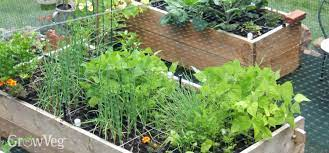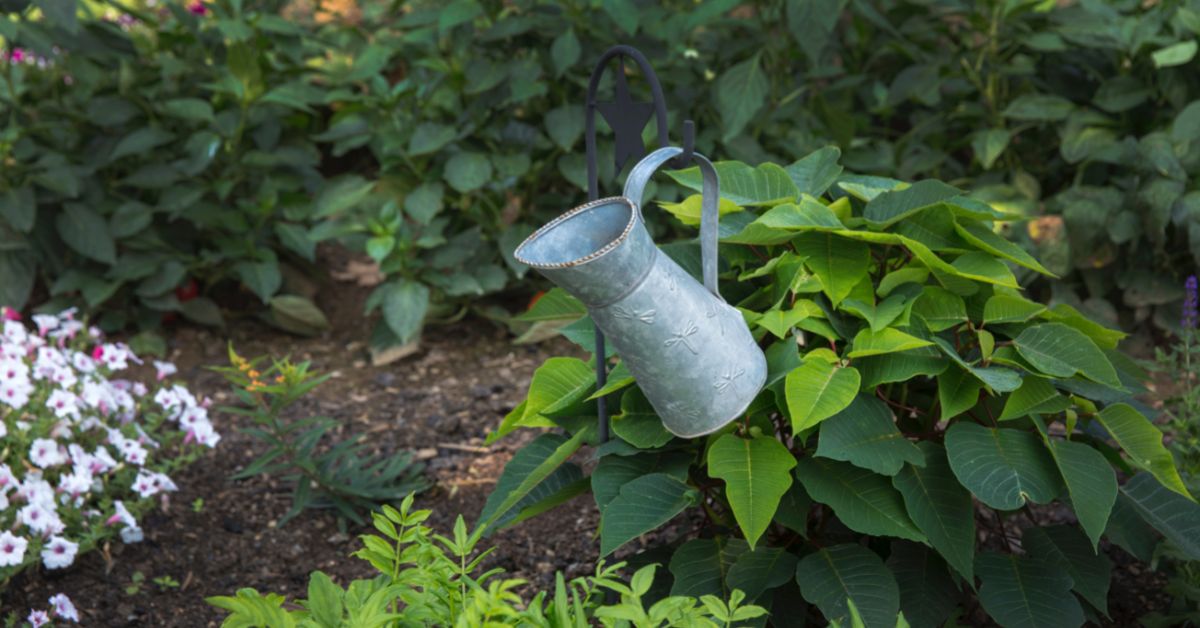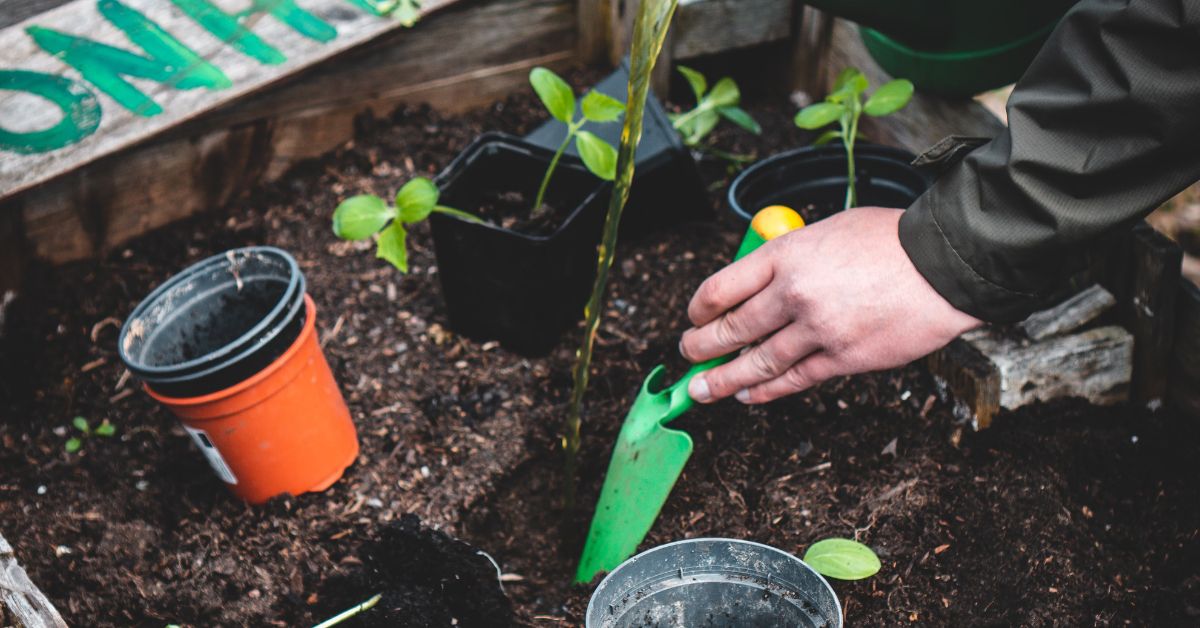
In the 1970s, Mel Bartholomew, an American author and TV presenter, developed a planting method called Square Foot Gardening (or SFG). Simple, easy-to-manage raised beds that require little maintenance are created with raised beds.
With Mel’s first book and television series, SFG quickly gained popularity during the 1980s, and several companies now offer ready-to-assemble SFG gardens on the market. According to supporters, SFG produces more, uses less soil and water, and takes just 2% of the time of traditional gardening.
The Square Foot Gardening System
As SFG has evolved, several precise rules must be followed:
- Build deep raised beds. The crops are usually divided visually by a square foot of lattice. In addition to providing rich nutrients to the plants, the beds are 6 to 12 inches deep.
- Make sure your soil mix is specific. The mixture should consist of one-third compost, one-third peat moss, and one-third vermiculite. With this method, the raised beds will be weed-free, nutrient-rich, and water-retentive.
- It is not a good idea to walk on the soil. Raised beds are now standard for gardening, but in the 1970s, treading lightly on your soil meant you wouldn’t have to dig it.
- Squares should be planted. You can make a small grid with your fingers to help position the plants in each square. Some plants span two squares. Each square contains four mini-rows of climbing peas and beans.
- Scissors are used to thin. With scissors, you can snip off excess plants instead of pulling them up, which could disturb the roots of the plants you want to grow.
- Accessorise. In addition to all the above, there are instructions for constructing various accessories like supportive cages that easily fit over SFG beds, covers for extending the season, and supports for vertical growing.

The limitations of square foot gardening
Each of these ‘rules’ serves a purpose, and together they form a powerful and almost fail-safe method for gardening success. Whether you are a new gardener, a busy person, an elderly or disabled person (SFG gardens can be constructed at a raised height to make them more accessible), or a child, this is an excellent method for you. Due to its ease of installation and maintenance, SFG is embraced by many schools. There are, however, a few limitations:
- Easily outgrown. Even though SFG gardens can accommodate many vegetables, they have difficulty accommodating larger plants (squash, melons, main-crop potatoes, etc.), perennials (globe artichokes, rhubarb), and fruit trees. Gardeners often expand the range of crops they grow once they experience the success of SFG gardens.
- Resources that cannot be replenished. It goes without saying that ‘Mel’s Mix’ is excellent for growing vegetables. Despite this, two of the three ingredients are non-renewable. Peat development takes thousands of years, making it a valuable natural greenhouse gas sink. Due to its mining process, vermiculite is a nonrenewable resource with a significant carbon footprint. Peat and vermiculite are two substances I won’t use, as do many gardeners.
- For extensive gardens it is expensive. If you want to fill up a large area quickly, SFG beds are pretty expensive.

Conclusion
When Square Foot Gardening was first invented, it was revolutionary, and it’s still an excellent system for those just starting who have limited space or want a highly organized system. A raised bed garden and good organization do not require following SFG.
FAQs
In what depth should a square foot garden bed be dug?
To provide plants with plenty of nutrients while maintaining good drainage, beds should be deep-between 6 and 12 inches.
How can I plan my garden for free?
The vegetable gardening online site is perfect for newcomers to vegetable gardening. There are zone charts, planting worksheets, a diary, growing information for vegetables and berries, and free garden planning.


